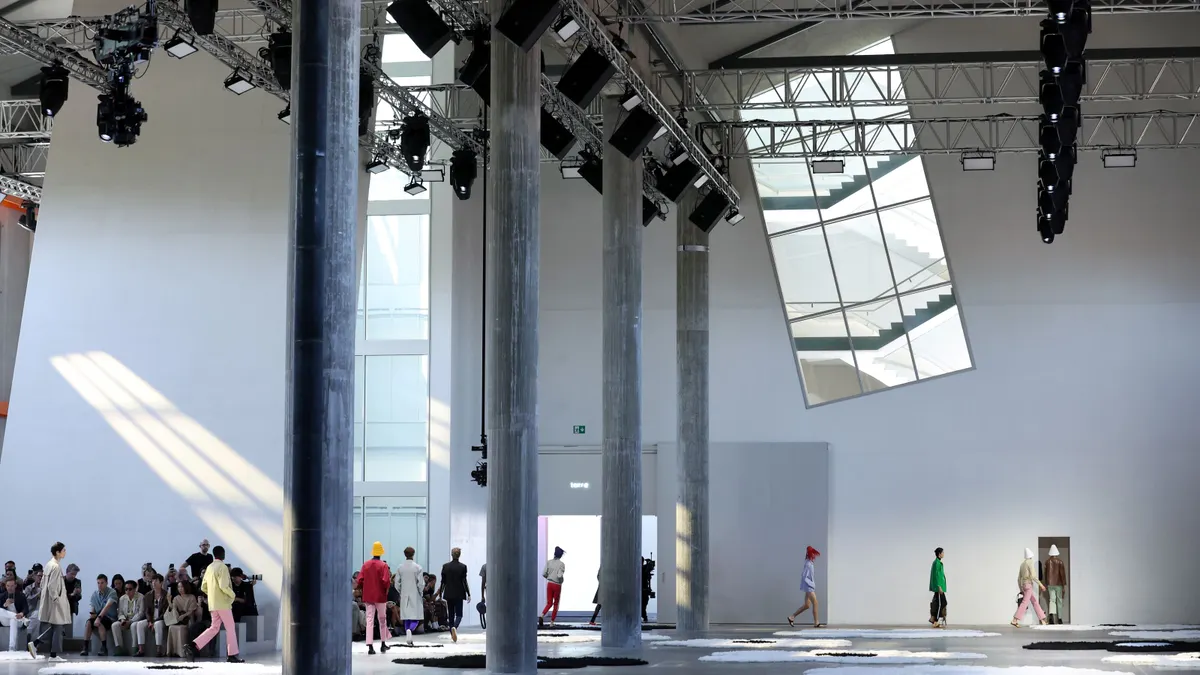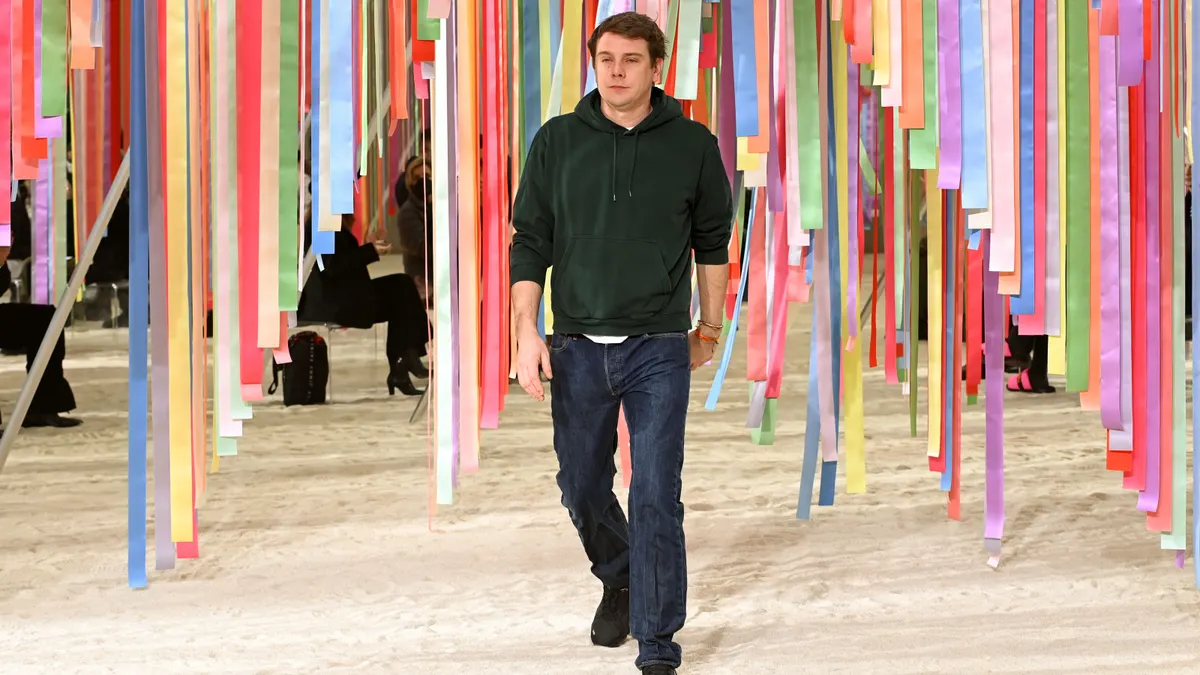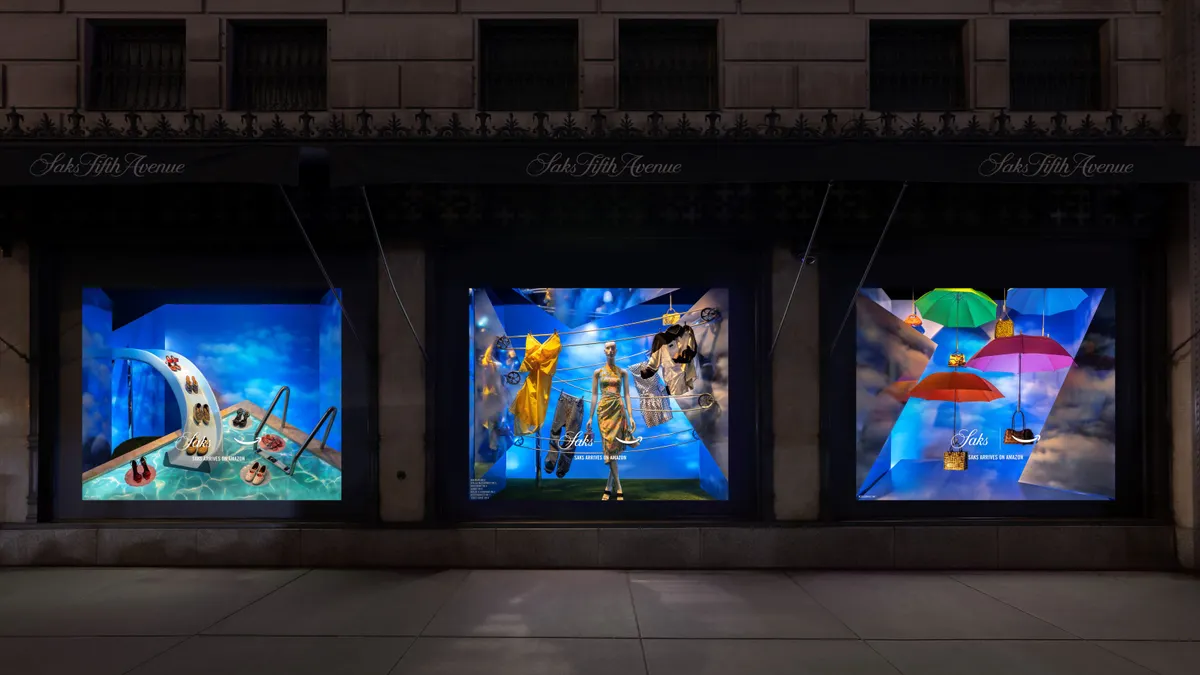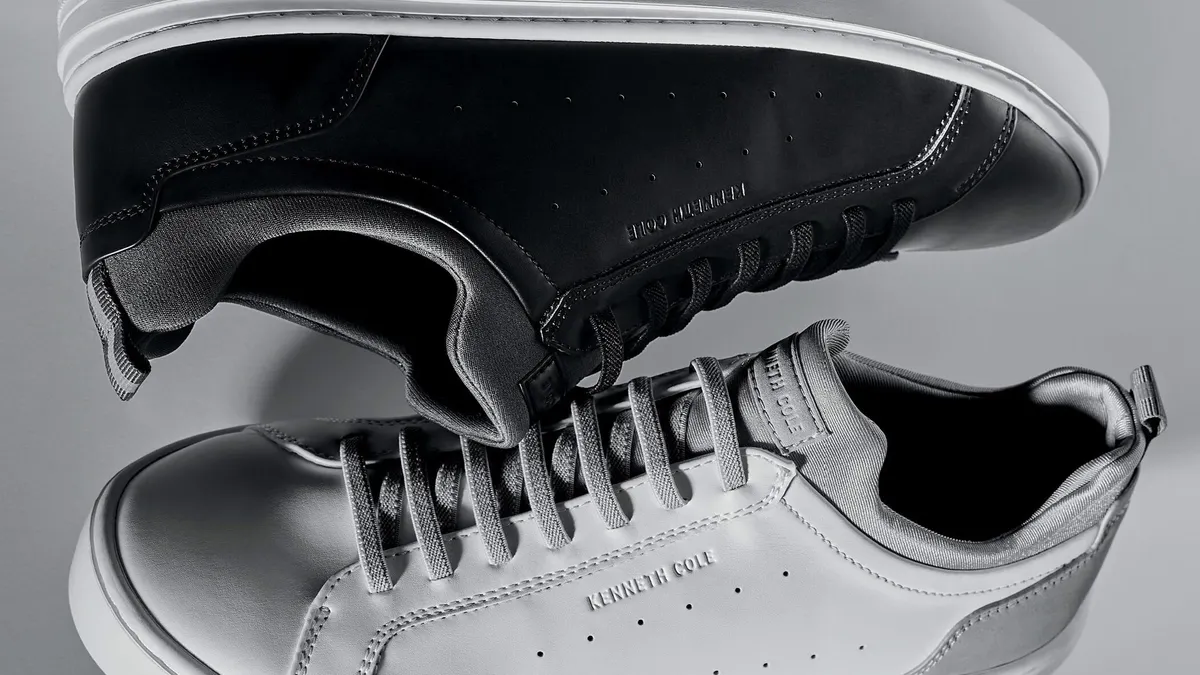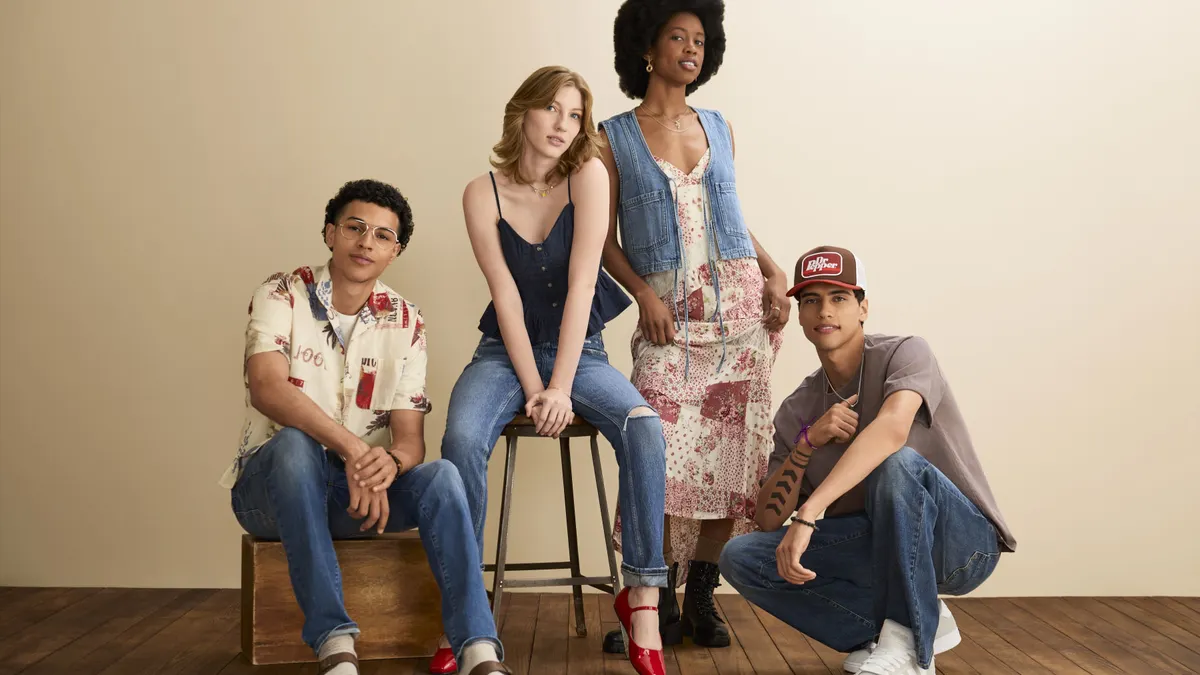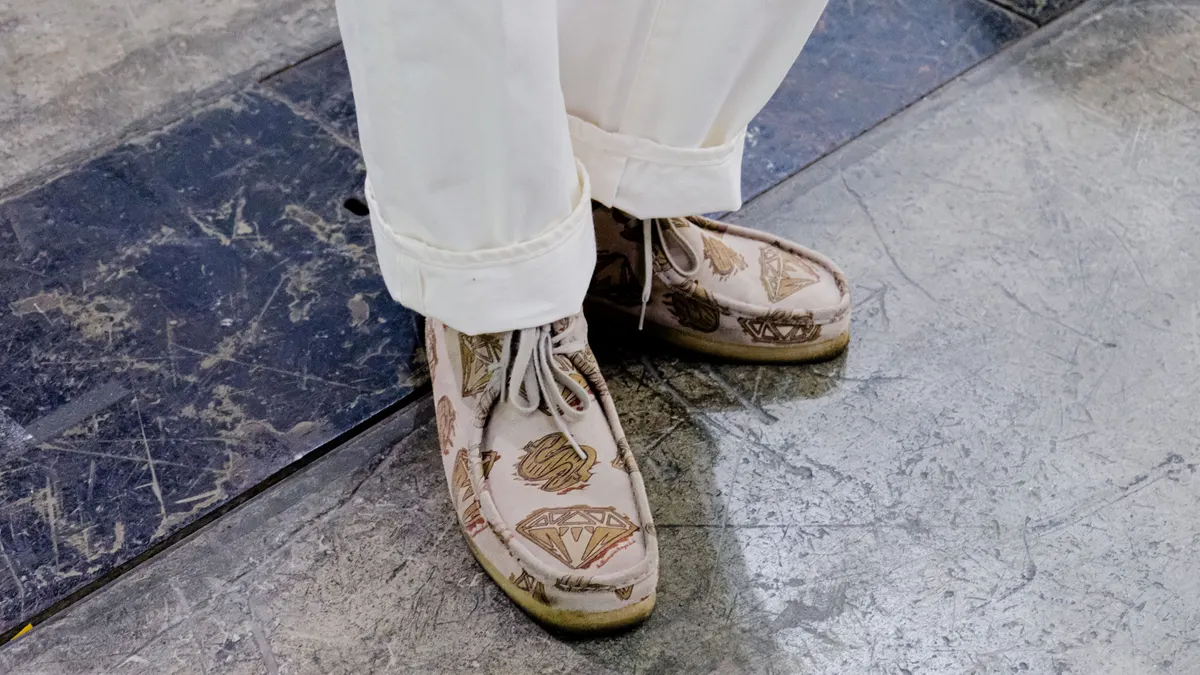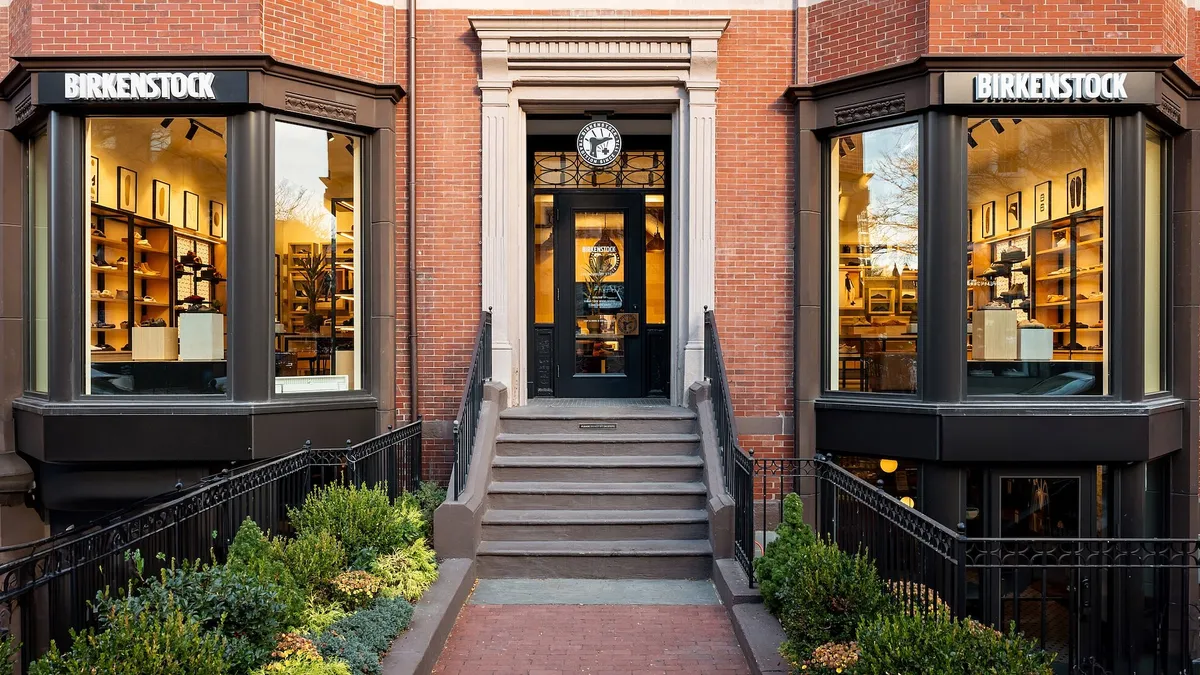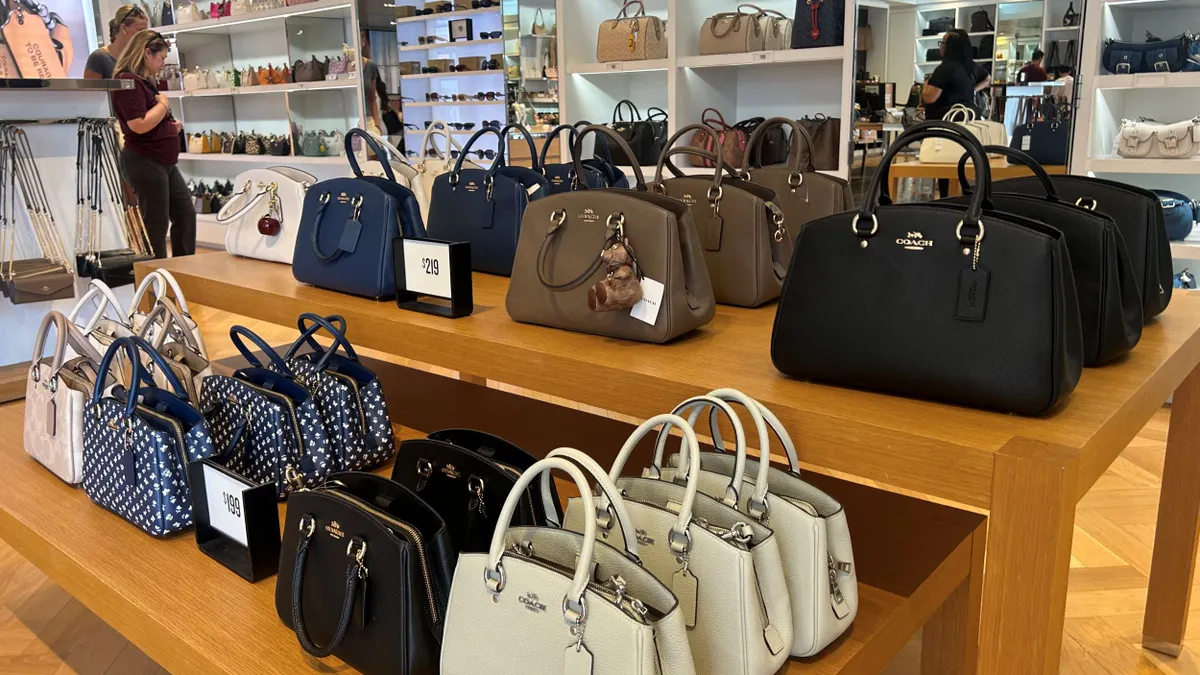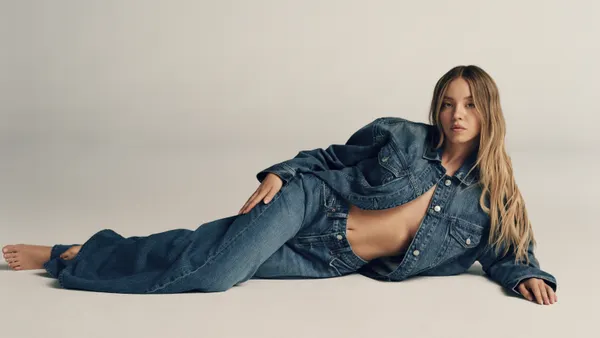Amid a tumultuous period for luxury fashion, Prada Group is one of only a handful of companies that’s remained relatively steadfast. The company’s steady growth is especially notable as larger macroeconomic challenges have dampened the recent revenue reports of many of its largest competitors.
In addition, more than a dozen designer changes — including Jonathan Anderson’s takeover at Dior and the exit of Marni’s long-time creative director — have left the industry in something of an interstitial space between what it used to be and what it’s becoming.
However, Monday’s announcement that Prada brand CEO Gianfranco D’Attis would exit the company on June 30, by mutual agreement, after just over two years, is the latest in a series of executive changes at Prada Group that could have long-term implications.
The first major move came in December 2022, when Andrea Guerra was named CEO of Prada Group. He succeeded Miuccia Prada and her husband Patrizio Bertelli, who previously served as co-CEOs, and he was the first person from outside the Prada family to lead the company.
That same month, D’Attis was named CEO of the Prada brand. He was tasked with strategic development of the brand in every market, and reported to Guerra.
Guerra’s appointment was intended to ease the eventual succession of Prada and Bertelli’s son Lorenzo Bertelli, who the company called “the future leader of the Group.” Lorenzo Bertelli is currently Prada Group’s chief marketing officer and head of corporate social responsibility. In 2021, Patrizio Bertelli said his son could take over the company within three years.
That timeline has yet to materialize. Meanwhile, Silvia Onofri was named CEO of Miu Miu in February 2025. Prada Group also announced in April an agreement to buy Versace from Capri Holdings. That deal is expected to close in the second half of this year.
Financially, the company is on solid ground. Prada Group, which also owns footwear brands Church’s and Car Shoe and the Marchesi 1824 pastry shops, posted a first quarter 2025 revenue increase of 12.5% year over year, to 1.3 billion euros, or about $1.5 billion in April. Most of the increase was at Miu Miu, where retail net sales jumped 13% for the period. At the Prada brand, retail sales were down 0.2%, which the company attributed to a comparison against “the highest quarterly comps of 2024.”
The company is also stable on the design side of things. Miuccia Prada took over the creative vision when she joined her family’s business in the 1970s. In 2020, she was joined by Raf Simons at Prada brand, where they now serve as co-creative directors. She has also been creative director of Miu Miu since she founded the label in 1993.
But D’Attis’ departure leaves a gap in an otherwise firm foundation. Guerra will assume his role on an interim basis, but it’s unclear when the role will be filled, or who will be tapped to fill it.
Here are three questions Prada’s next CEO will need to consider when coming on board.
What’s the brand’s long-term strategy?
Consistency is key when it comes to stabilizing revenue and staying relevant with consumers. Just ask Burberry, which has struggled after attempting to reinvent its brand too many times. Prada has been able to maintain uniform design vision for decades, thanks to the steady influence of Miuccia Prada, but it’s also been able to inject new ideas into its line with the help of Simons’ edgy vision.
However, on the business side of things, a new CEO will need to find the same kind of balance, and weigh the history and heritage of Prada’s past against the need to bring in fresh ideas in order to keep the brand’s name top-of-mind in a crowded and demanding luxury field.
How will family dynamics shape corporate structure?
Prada Group is one of luxury’s most prominent, consistently family-run brands. As Lorenzo Bertelli prepares to take the helm at the 112-year-old company, more corporate shifts may be on the horizon. That could potentially include new leadership at Versace once the acquisition is complete.
Navigating boardroom politics can be challenging, but with the added pressure of legacy hires, a new CEO at the company’s flagship brand has to be adept at ensuring the needs of the business are centered.
Who is the Prada customer?
Prada is the company’s biggest brand by revenue. It brought in 68% of Prada Group’s net sales in Q1, compared to 31% at Miu Miu, and about 1% total for the company’s remaining brands.
Nonetheless, the brand’s retail growth trails behind its more popular sister brand Miu Miu, and it dropped to fifth place on the first quarterly Lyst Index of 2025. The last time it topped the rankings, which tally the world’s hottest brands, was at the end of 2023.
A new CEO will have to find a way to understand new and existing customers in order to reclaim some of the brand’s previous cachet.



